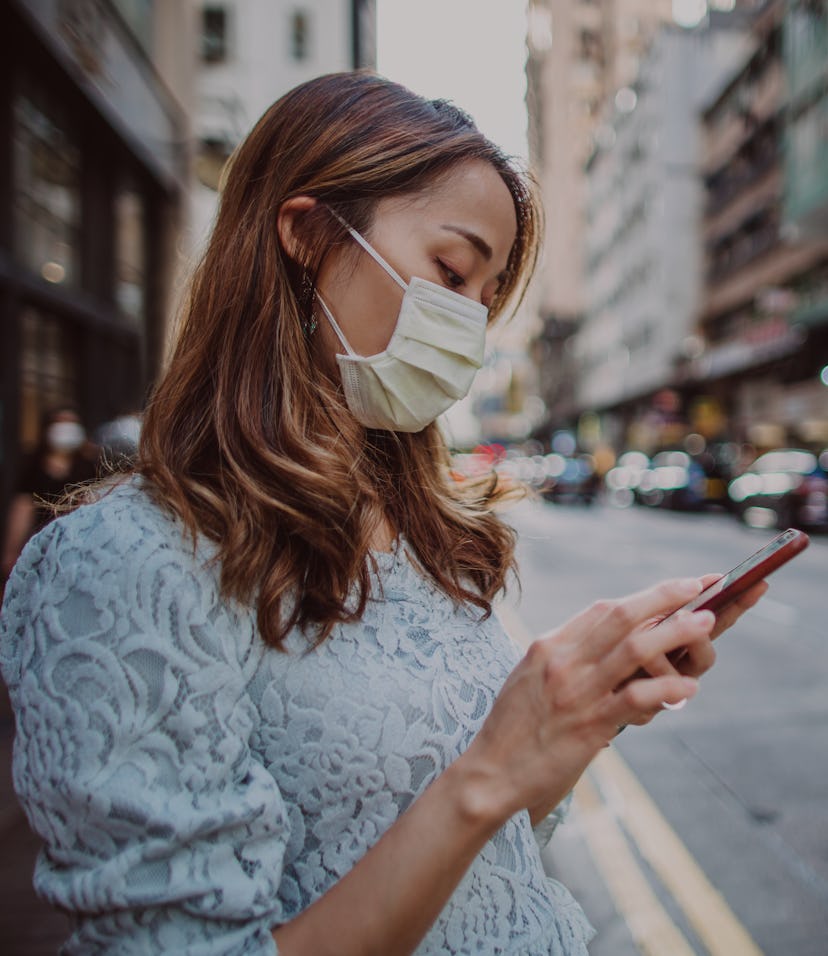Tech
You can now use an Uber as your personal limo for $50 an hour
Get your own private driver for an hour or more... likely separated from you by plastic sheeting and gaffer tape, but still.

Uber has introduced a new "hourly" booking option that lets riders make longer trips around town with one driver. For a flat $50 per hour, your driver will take you to as many places as you'd like within the allotted period, like the grocery store, the pharmacy, or even to your doctor. It sort of harkens back to Uber's original tagline where it tried to position its service as "Your own private driver."
The Hourly feature has already been live for some time in several international cities, but Uber didn't offer it in the U.S. before the coronavirus pandemic increased user requests for something like it. Riders want to reduce the number of drivers they come into contact with (drivers, meanwhile, probably want the same thing). Cars requested through Hourly will all be ones that are eligible for Uber Comfort, meaning larger vehicles with more space to put distance between riders and drivers.
Hourly is initially going live in the following cities, with more to follow: Atlanta, Chicago, Washington D.C., Dallas, Houston, Miami, Orlando, Tampa Bay, Philadelphia, Phoenix, Tacoma, and Seattle.
The caveats — Ride fares normally change dynamically based on demand, distance, and how long a trip takes (i.e. traffic), whereas the Hourly option is a fixed $50 unless your trip extends over an hour, after which you'll be charged the usual per-mile fare. When you first request your ride you'll be asked to estimate how long the trip might take, for instance 2-3 hours, and pay that amount upfront. Unfortunately, if your trip runs shorter you still have to pay the full amount. But then, if you're willing to lay down $100-150 upfront, perhaps that's not that big a deal to you.
RIP good times — Uber has been hanging on for dear life since the pandemic saw its ridership decline by 80 percent across much of the globe. The company has been trying to make up for the losses by leaning hard on food delivery, selling its scooter and bike business, and by laying off thousands of employees.
Thankfully for Uber, it doesn't own any of its cars, so it can quickly cut overhead expenses to the bone until demand returns. That's at least somewhat better than the situation for hotels and traditional taxi businesses, which still have to continue paying their mortgages and leases. But then, Uber's also yet to actually make money. How long investors will put up with that remains to be seen.
Uber likely hopes that initiatives like Hourly and its new app update that verifies drivers are wearing masks will help bring riders back, albeit cautiously. The company still recommends that riders only take trips when absolutely necessary to protect themselves and others.